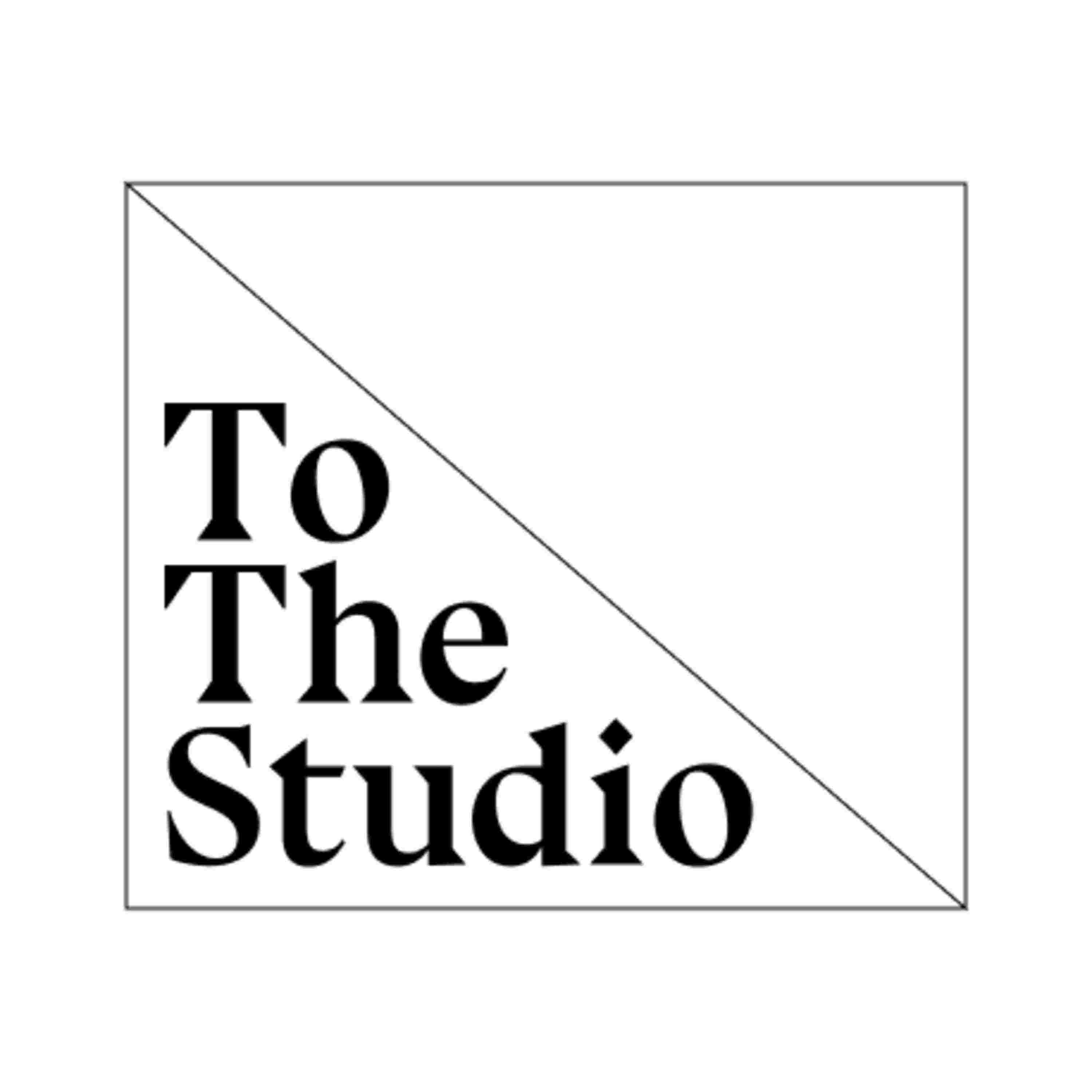

Mary is based in London and graduated from the Royal Drawing School in 2018 and Goldsmiths College London’s BA in Fine Art and contemporary critical studies in 2010.
Her works have been the subject of solo exhibitions at Moskowitz Bayse (Los Angeles) and Lychee One (London), and have recently been included in group exhibitions at The British Museum, White Cube, Union Pacific, and Huxley-Parlour (London), Hweg (Penzance), F2T Gallery (Milan), Harkawik (New York), and Clint Roenisch (Toronto), among others.
I visited Mary a few days after her most recent show ‘Careful not to fill an Emptiness’ opened at Moskowitz Bayse in London, which is where our conversation takes place. So as our conversation predominantly references the work within it, a fitting introduction to the work in the show, and to lead into our conversation as a whole would be to read an excerpt from her press release.
The experience of the body can’t be measured in feet or by the length of its limbs. But as a changing and curious instrument, the body knows space as something foreclosing – an abrupt cul-de-sac in a dream – and sometimes so blown open it can feel like sensory deprivation, extending past any textured surface or distance in time.
The artworks in Careful not to fill an Emptiness move into spaces which have held – and been held by – the body. Here, these spaces are loosely described by paint or in dry materials on paper. They are shared and solitary at once: a group of figures stand together with their heads bowed, someone holds out a flower to another who is angled away and appears not to see them but is still supported by bodies on either side.
When an object or body is depicted, a surrounding space forms by default. Around the bodies of natural elements, Mary Herbert paints a kind of default landscape that doesn’t need to be clearly defined to be occupied. It is a not-quite place that exists despite the body’s vulnerability, despite the human dualisms of language.